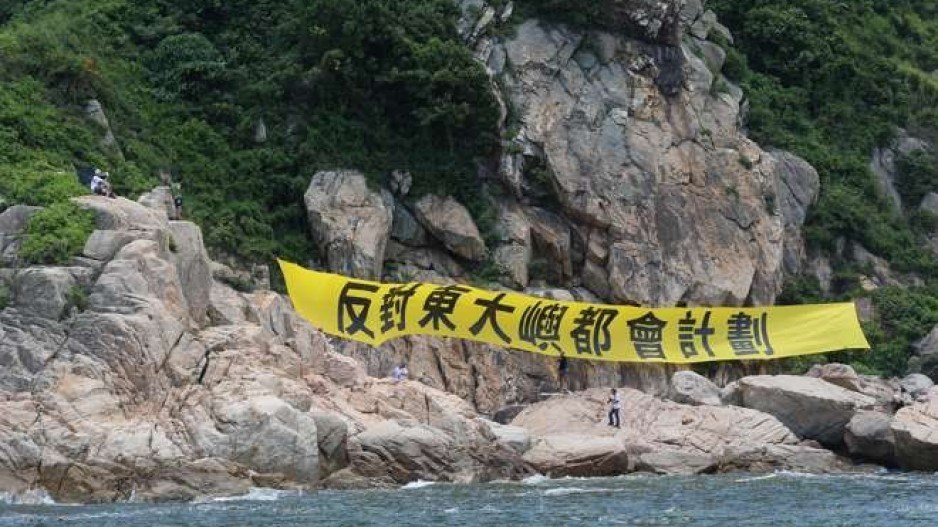Hongkongers might have to choose between building an artificial 1,000-hectare island in the middle of the sea or developing the city’s precious country parks to fulfil a long-term requirement for land, a senior planning official has said.
But Assistant Director of Planning Amy Cheung Yi-mei added the government had not made any plans to develop the preserved mountains and that such a possibility had been a “very low priority”.
Cheung made the comments at a meeting Monday with the Country and Marine Parks Board, an advisory body to the Country and Marine Parks Authority. At the meeting, members and government representatives discussed the city’s 2030 Plus blueprint, which lays out development beyond 2030.
The blueprint recommended building two new towns on reclaimed land off the east coast of Lantau Island – the East Lantau Metropolis project – and in the northern New Territories to resolve a long-term shortfall of 1,200 hectares of land for housing and economic development.
The East Lantau project, which entails reclamation of about 1,000 hectares of sea around two existing islands east of Lantau, has been heavily criticised by some as a“white elephant project”.
Cheung, however, defended it. “If we are able to develop the East Lantau Metropolis, we would not need to touch the country parks,” she said. “The public need to discuss this.”
But board member Dr Billy Hau Chi-hang, an ecologist at the University of Hong Kong, said the government should instead consider developing the city’s brownfield sites – abandoned agricultural land legally or illegally occupied by operations such as car parks, container storage and scrap yards – before talking about reclamation and developing country parks.
Cheung agreed that country parks were of high ecological value and said the government had not made any plans to develop the areas.
“So far, this is a very low priority,” she said.
She noted the government had been considering brownfields as priorities. But she added brownfields did not have sufficient infrastructure, so the government needed comprehensive planning and study to be able to develop them.
A previous study by the Liber Research Community found there were 1,200 hectares of brownfields across Hong Kong last year. There is no official data on brownfield sites to date.
The government has promised to start a comprehensive, citywide brownfield study next year. It is expected to be completed in mid-2018.
Chief Executive Leung Chun-ying last month gave an unofficial suggestion that if the public would allow the government to develop country parks, he could build housing more affordable than the existing subsidised offerings under the Home Ownership Scheme.
Hau criticised Leung’s suggestion as a “false statement”, saying country parks were only suitable for luxury housing, not affordable flats, because they lacked infrastructure or transport connection.
He cited luxury development Hong Kong Parkview within Tai Tam Country Park as an example.
“People living there are those who have the money, have a car and have a driver,” he said. “Country parks cannot satisfy Hong Kong’s need for affordable housing.”
Read the original article on the South China Morning Post .




